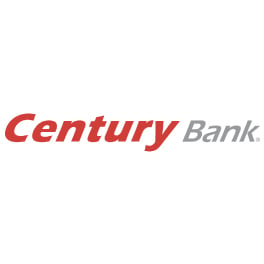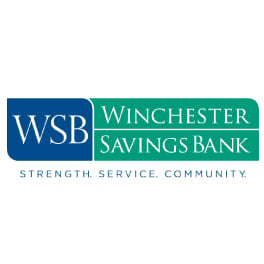- Financial Institutions
- Corporations
- Travelers
- SOLUTIONS
- Foreign Bank Note Exchange
- International Drafts
- International Wire Transfers
- Global EFT
- Foreign Check Clearing
- Foreign Draft Issuance
- INDUSTRIES
- Travel
- Technology Companies
- Payroll
- Healthcare
- Nonprofit
- Partnerships

Sorry
We apologize, but the content you clicked on
is no longer available.
You can explore our latest articles here.

Testimonials

We are very pleased with the technology, our relationship manager, and the quick service and product capabilities.
Kim McKenna, Director Int'l Services at Rockland Trust

Century Bank has been a long time customer of CXI and have enjoyed the incredible service that the CXI team provides. They are able to provide competitive rates and superior service all while providing extraordinary service. They are a great partner to expand your offerings.
William Gambon, Senior Vice President at Century Bank

CXI makes the ordering process very easy. We rarely need customer service but if we do, they are very responsive if we have any issues or questions. I highly recommend CXI, we have been using them for years!
Beverly Malvitch, Assistant Vice President at Winchester Savings Bank
STAY SOCIAL WITH US